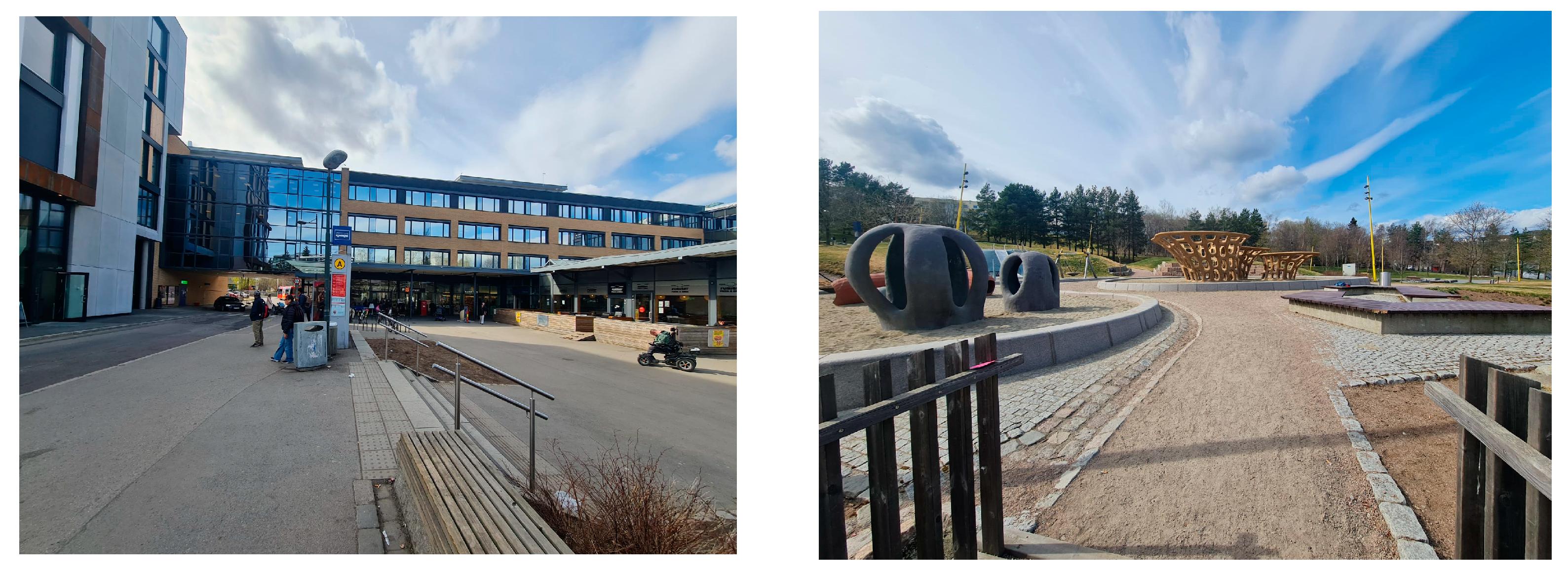The Allure of the Creative Class

For years, cities have clamored to attract the so-called 'creative class' – a segment of the workforce that thrives on innovation and supposedly drives economic growth. This focus on cultivating an environment for creatives, artists, and tech wizards has often been seen as a lynchpin for urban renewal and vitality. While the creative class can contribute to the economy, it's becoming increasingly clear that their presence alone isn't sufficient for the holistic development of cities.
Impact of Prioritizing the Creative Class
By placing too much focus on the needs and desires of the creative class, cities may inadvertently neglect broader swathes of the population. Issues such as affordable housing, comprehensive infrastructure, and inclusive job creation can fall by the wayside. Moreover, the buzz of trendy cafes, co-working spaces, and chic galleries often masks the underlying economic disparities and social inequalities that many residents face.
Learning from New Orleans: A Case Study

The case of New Orleans post-Hurricane Katrina reveals the pitfalls of prioritizing the creative class over inclusive, equitable development. Urbanist efforts initially drew significant attention, but when development plans failed to resonate with the local community's needs, participation dwindled. This highlights the very real danger of overlooking the voice and well-being of the broader populace in the urban planning process.
Embracing a More Inclusive Urban Future
Cities need to refocus their development agenda to ensure that it benefits all, not just a selective creative elite. This means investing in broad-access public services, fostering diverse economic sectors, and planning with an eye towards social equity. For a truly resilient and vibrant city, municipal leaders and urban planners must prioritize development that cares about and uplifts the entire community.
A New Blueprint for Urban Development

Real progress lies in designing urban policies that bridge the gap between innovation and inclusivity. Integrating affordable housing initiatives, education reform, and accessible healthcare within the fabric of the city are practical starting points. In addition, fostering collaborations across various sectors, including the arts, technology, and manufacturing, helps to create a balanced and dynamic urban economy.
Conclusion
In the end, cities need to look beyond the narrow lens of the creative class and see the bigger picture of development. It's a complex mosaic that encompasses various demographics and demands a multi-faceted approach. As urban centers continue to evolve, so too should our strategies for ensuring their success. Development should not be an exclusive club but a collective journey toward sustainable, equitable urban living for all.
Integrating Travel into Urban Development Strategies
Urban development and the travel industry are deeply intertwined. Cities with a forward-looking approach to development create vibrant spaces that are not only beneficial for residents but also appealing to visitors. Quality hotels and accommodations are part of this ecosystem, offering travelers a taste of the city's culture and comfort, and in doing so, contribute to the local economy. Sensible urban planning therefore involves developing amenities that cater to both residents and tourists, fostering a welcoming environment that celebrates the character of the city and taking a step towards a more inclusive development that benefits everyone.